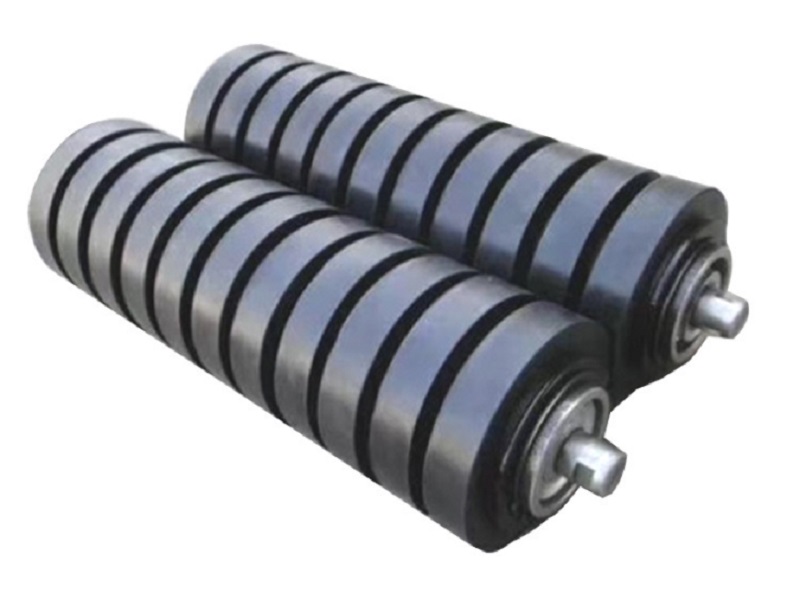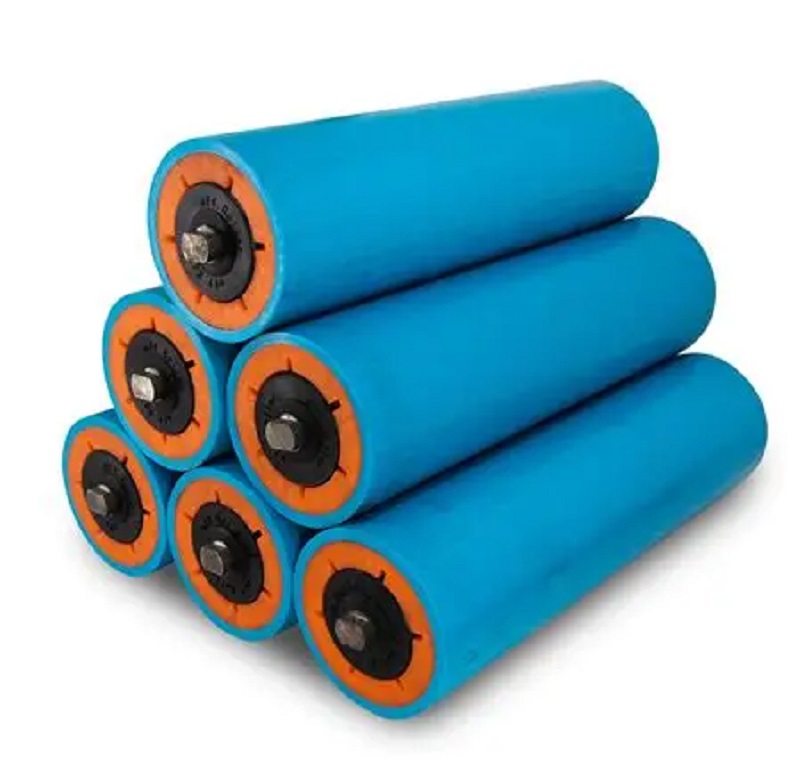
As a core component of belt conveyors, the performance of idlers directly affects the operational efficiency, energy consumption, and service life of the equipment. In the actual selection process, multiple factors such as the usage scenario, material characteristics, and equipment parameters need to be comprehensively considered. The following is an in-depth analysis from key dimensions.

1.Adaptability of Idler Types and Functions
Idlers can be divided into carrying idlers, return idlers, self-aligning idlers, etc., according to their uses. Carrying idlers are responsible for supporting the conveyed materials, and their length selection must strictly match the width of the conveyor belt, usually 100-200mm longer than the belt width. Return idlers are mainly used to support the empty conveyor belt, and their design focuses more on lightweight to effectively reduce running resistance. Self-aligning idlers are suitable for complex working conditions where the conveyor belt is prone to deviation, and can correct the deviation by automatically adjusting the angle. For example, in the conveying scenario of bulk materials such as coal, using trough-shaped carrying idlers with a trough angle of 30°-45° can significantly reduce material spillage; while in the conveying of bagged goods, parallel idlers are more helpful to maintain the stability of material conveying.
2.Matching Degree of Materials and Working Conditions
The selection of idler materials must be closely combined with material characteristics and environmental conditions:
● Steel idlers: They have the significant advantages of high strength and impact resistance, and are suitable for conveying heavy materials such as ores and construction waste. However, they are prone to rust in humid environments and need anti-corrosion treatments such as galvanizing or painting.
● Polymer idlers : They are lightweight and have a small friction coefficient, making them particularly suitable for industries with high cleanliness requirements such as food and pharmaceuticals. However, their high-temperature resistance is limited, and they need to be used with caution when the ambient temperature exceeds 80℃.
●Ceramic idlers: They combine wear resistance and corrosion resistance, and perform well when conveying corrosive materials containing acids and alkalis or highly abrasive ores.

3.Quantitative Evaluation of Core Performance Parameters
Accurate evaluation of core performance parameters is a key link in idler selection:
●Rotational resistance: The rotational resistance of high-quality idlers should be controlled below 3N (under standard test conditions). In actual selection, the smoothness can be intuitively felt through idle rotation tests. Excessive resistance will directly lead to a significant increase in motor energy consumption.
●Radial runout: This parameter must be strictly controlled within 0.5mm. Excessive radial runout will cause vibration of the conveyor belt and accelerate belt wear.
●Sealing performance: Idlers with double-row bearings and labyrinth seal structures can effectively resist the intrusion of dust and water vapor, and are especially suitable for harsh working environments with high dust concentrations such as mines and cement plants.
4.Comprehensive Decision-Making Based on Equipment Operating Parameters and Cost Budget
Idler selection also needs to fully consider equipment operating parameters and cost budgets:
●The diameter of the idler needs to match the running speed of the conveyor belt. For high-speed conveyors with a running speed exceeding 3m/s, it is recommended to use idlers with a diameter of 133mm or more to reduce the impact of centrifugal force.
● In long-distance conveying scenarios, it is recommended to choose idler tubes with a wall thickness of 5mm or more to enhance deflection resistance.
●In terms of cost control, it is necessary to comprehensively balance the initial purchase cost and later maintenance costs. For example, although polymer idlers have a higher unit price, their service life can be 2-3 times that of steel idlers, which is more economical from the perspective of long-term use.
To sum up, idler selection must follow the principles of "scenario adaptation, performance priority, and cost control". Only by conducting on-site inspections of working conditions, strictly checking parameter indicators, and comprehensively comparing material characteristics can we select idler products that not only meet production needs but also have economic rationality, providing a solid guarantee for the stable and efficient operation of the conveying system.